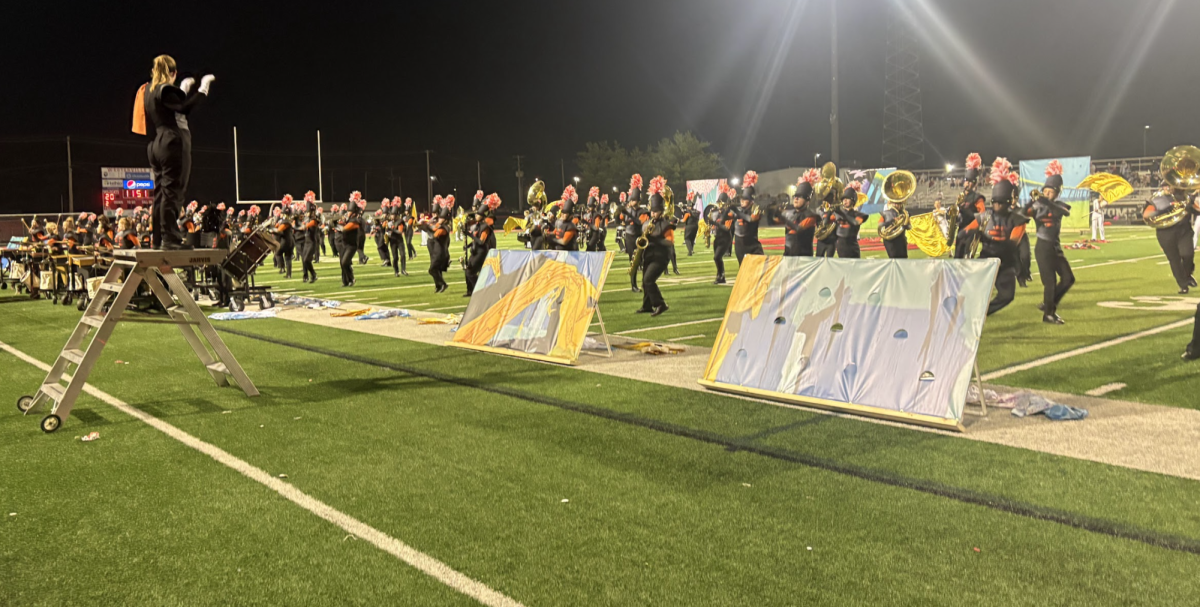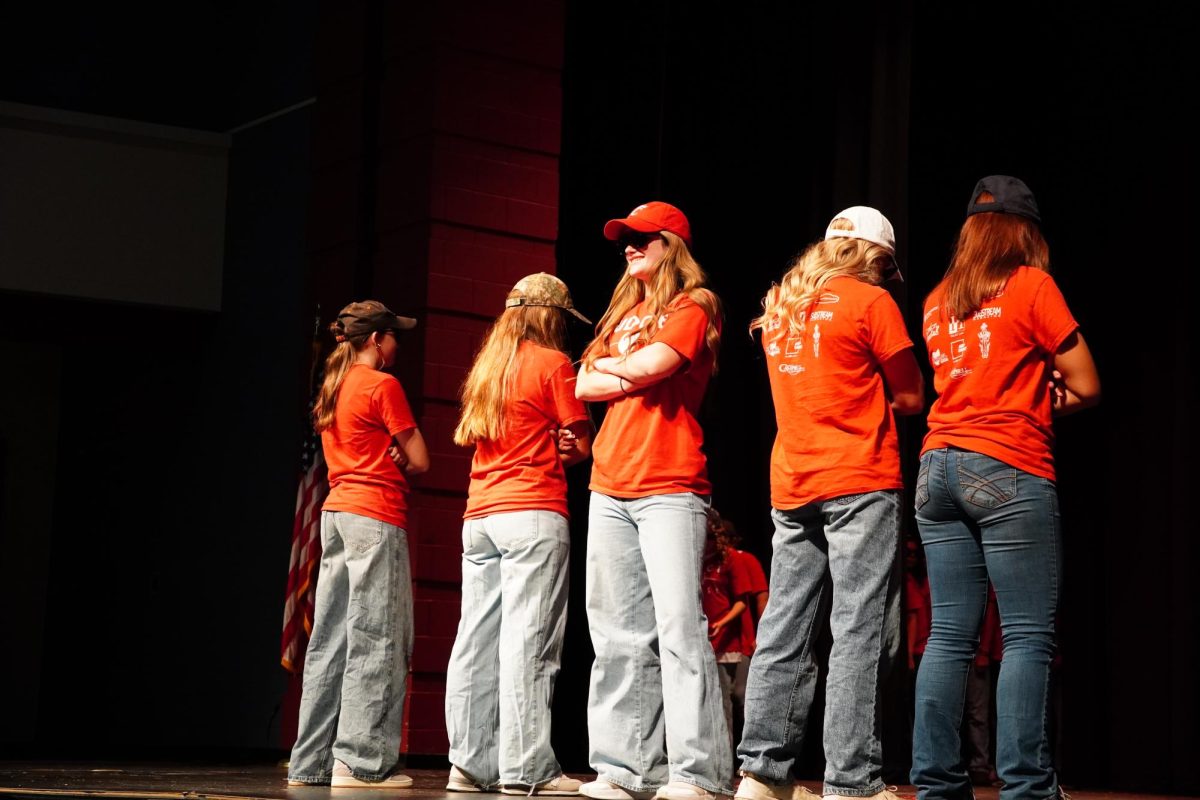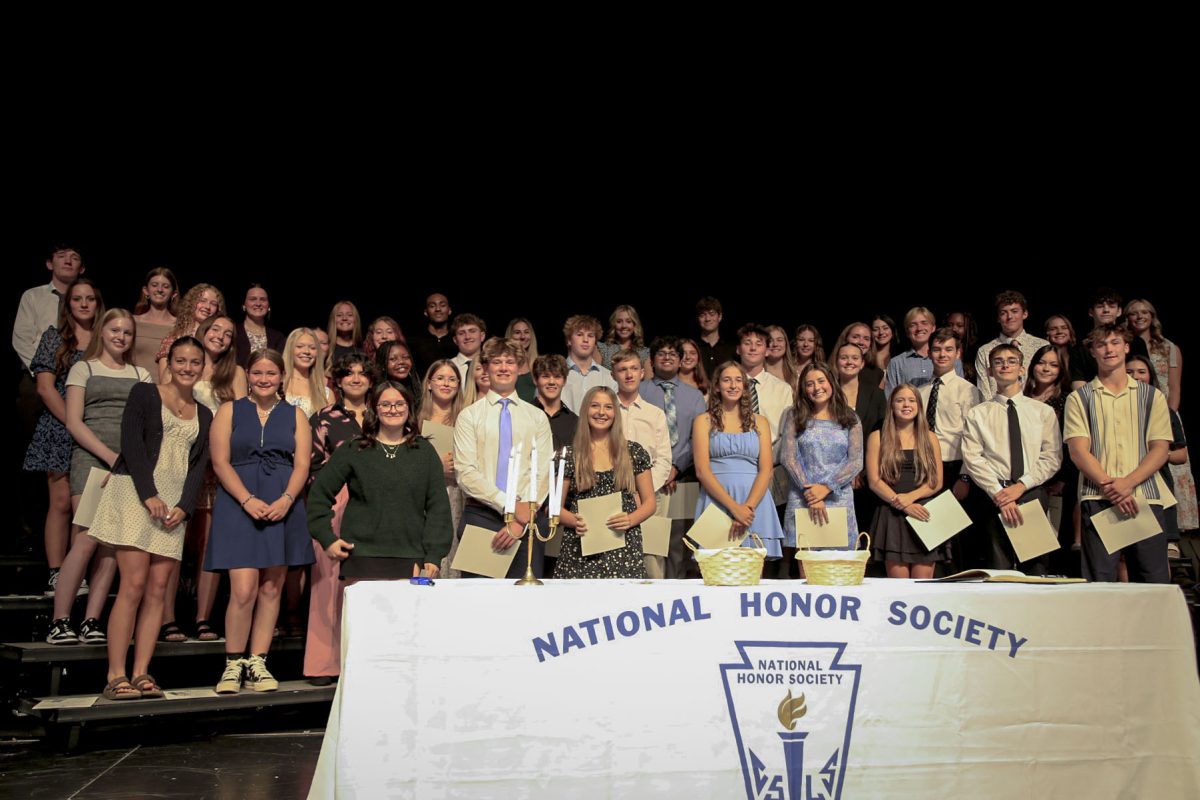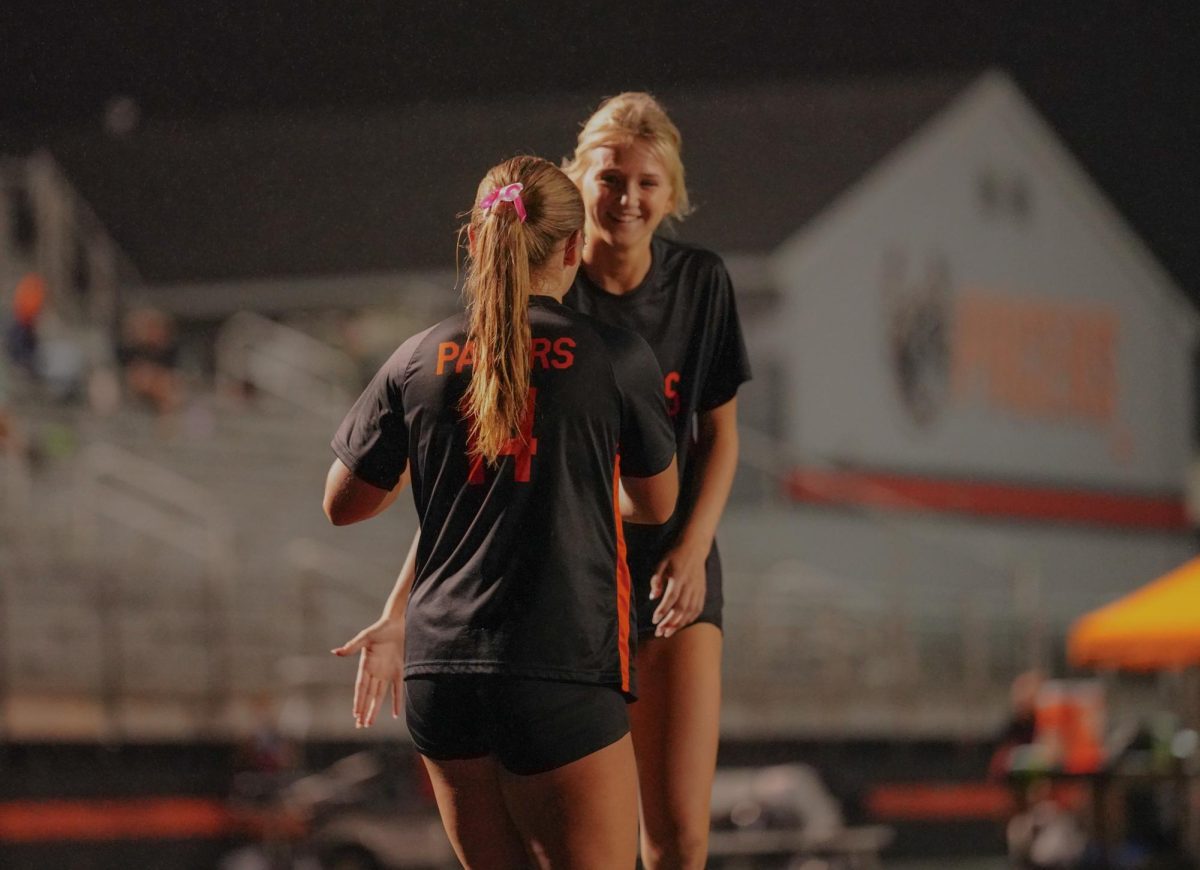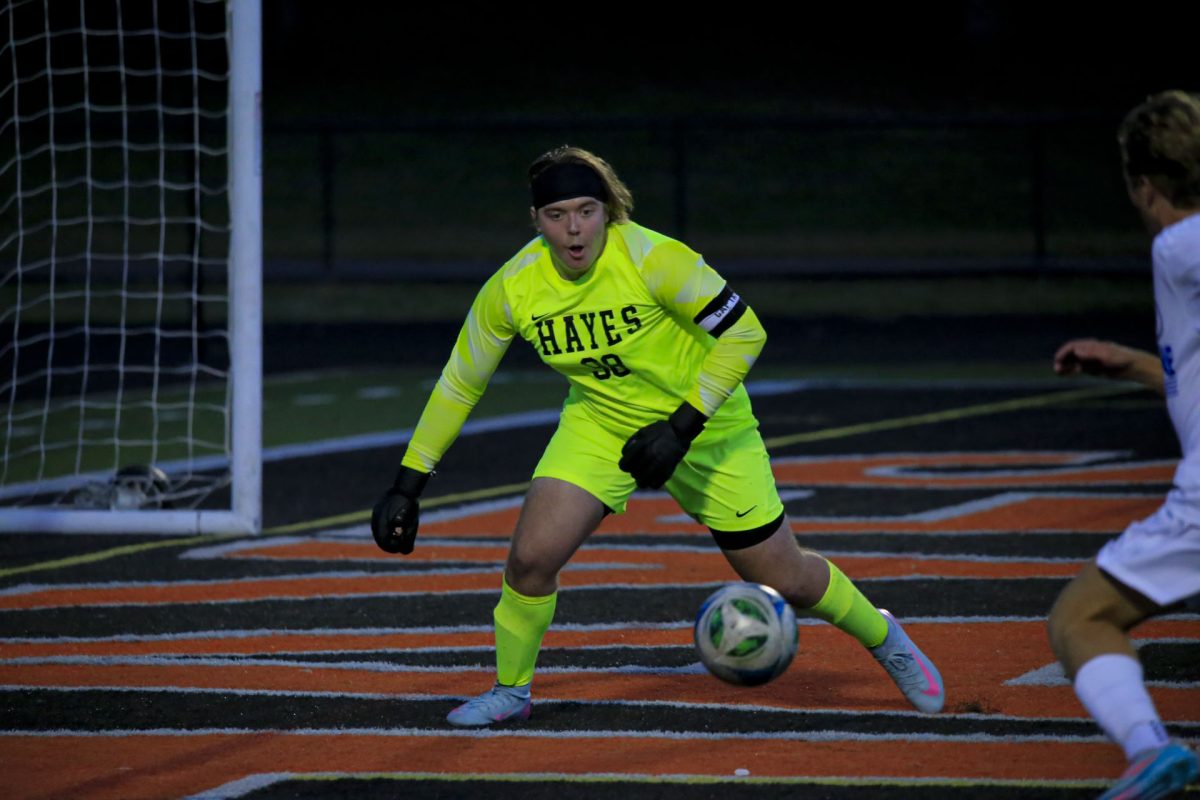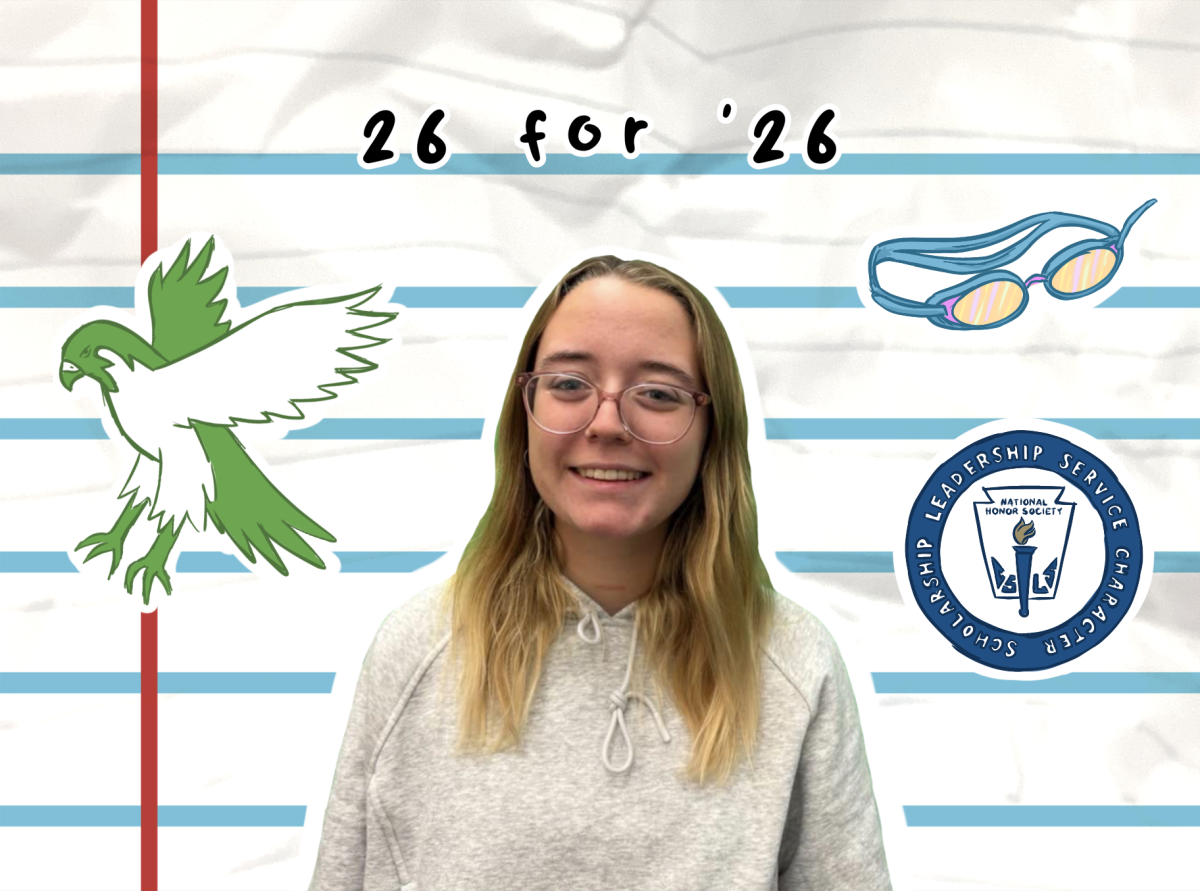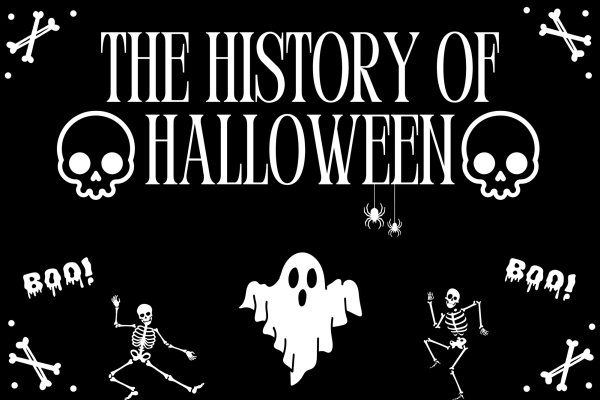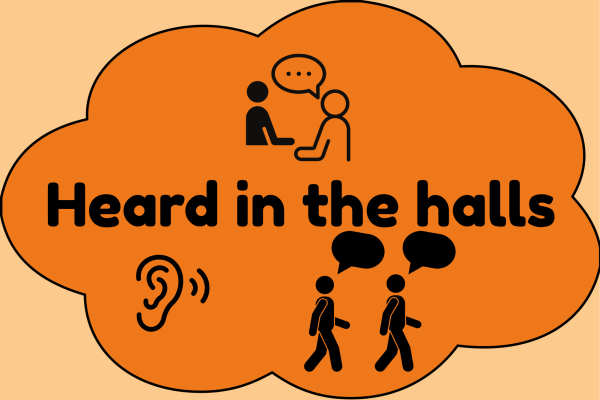Origins of Halloween
On October 31, Halloween is celebrated globally, but the origins of this holiday are often overlooked or forgotten.
Halloween originated from the Celtic holiday Samhain (pronounced saa-wn) that marked the end of the harvest. It was believed to be the day when the veil between the physical and metaphysical worlds was the thinnest, according to History.com. It was celebrated October 31-November 1 with bonfires, offerings and feats to honor the ancestors and recently deceased.
In order to suppress the pagan ideas and holidays of the celts, Pope Gregory III declared All Saints Day on November 1. The celebration of All Saints Day was known as All-Hallows Day and involved many of the traditions from Samhain, including bonfires and the festival of the dead.
The day before All-Hallows Day was known as All-Hallows Eve and eventually became Halloween. As Halloween moved to the Americas, it evolved with the times into what we consider Halloween today. Many traditions from the original holiday prevailed and are still in common practice now.
Originally Jack-o-Lanterns were carved into scary faces, children dressed up to deter pesky spirits, and candles were lit to lead the family’s deceased back home for the night.
Today, many Wiccans, Pagans, or people who are involved in the metaphysical craft celebrate Samhain once again along with modern Halloween. Brian Campbell, the owner of the local metaphysical shop Raven’s Cauldron on Sandusky St, explained that Samhain is the time of year to honor those who came before you and to commune with your ancestors. “…The thinning of the veil is the best time to learn from [ancestors] and figure out your next step,” Campbell said.
Halloween has had many names and traditions arise over the years. However, the idea of celebrating the dead and the many original practices have reigned.
Your donation will support the student journalists of Rutherford B. Hayes High School. Your contribution will allow us to purchase equipment and cover our annual website hosting costs.
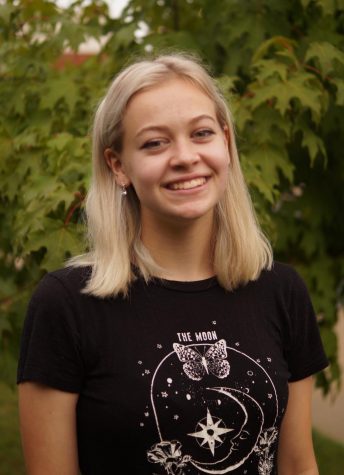
Teagan Knutson is in her final year at Hayes and her first year on Talisman staff. She is involved in Hayes singers, thespians, and TriM.
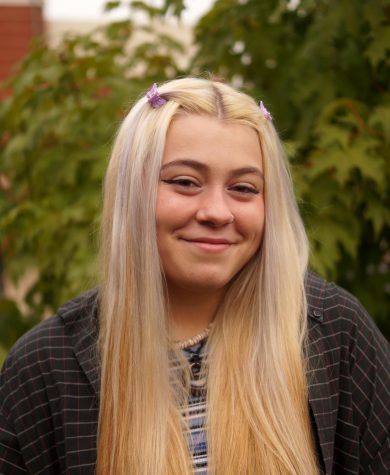
Harley Barnhart is a senior at Hayes and this is her second year on staff. She spends her time hanging out with friends or playing with her dogs.



